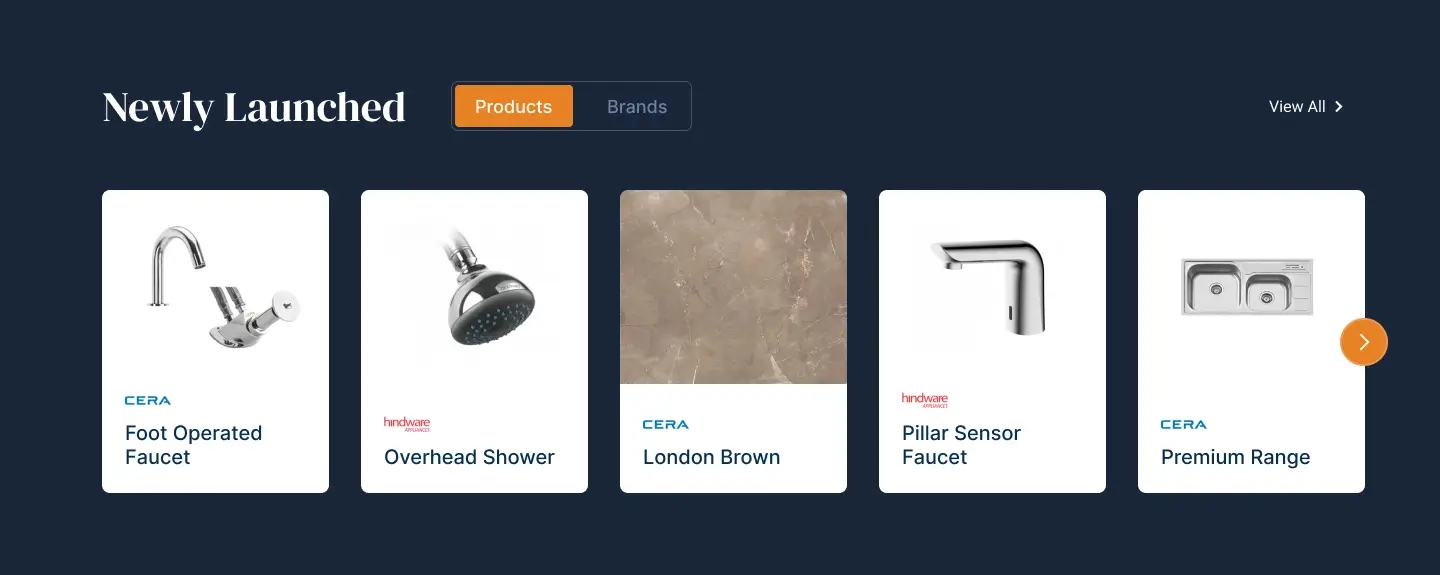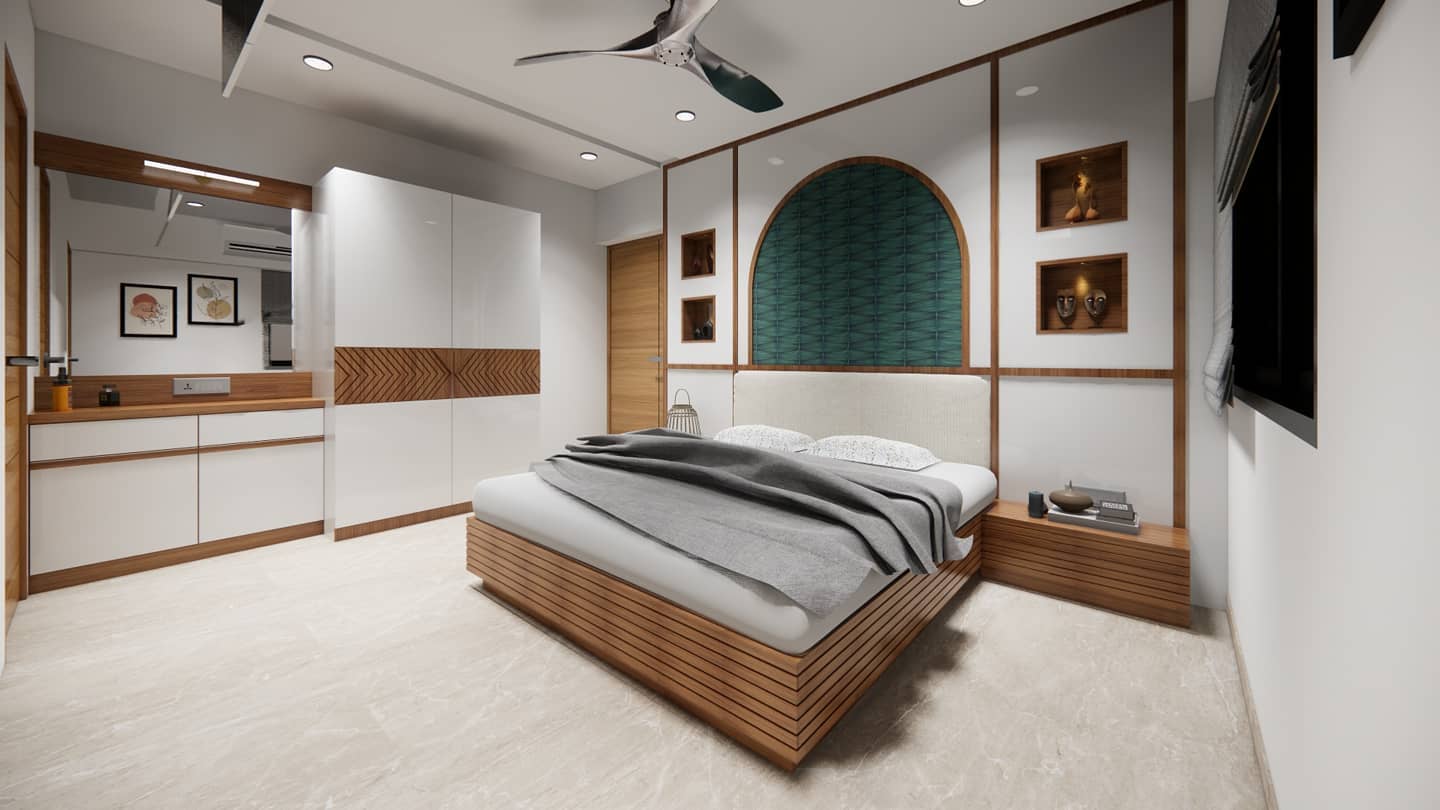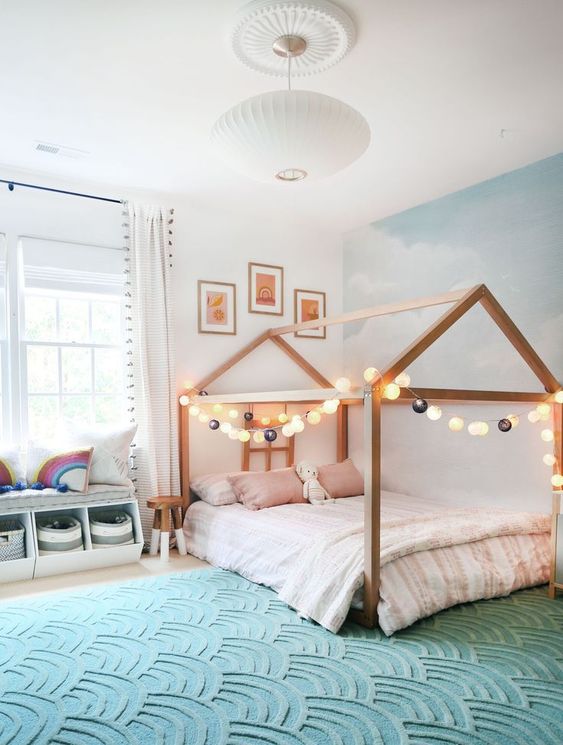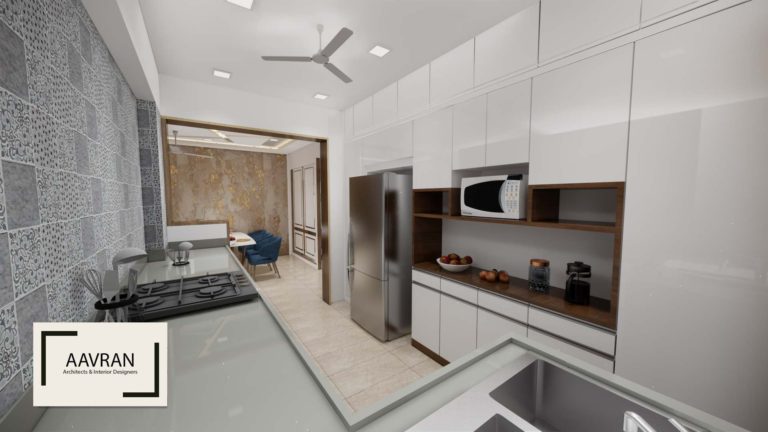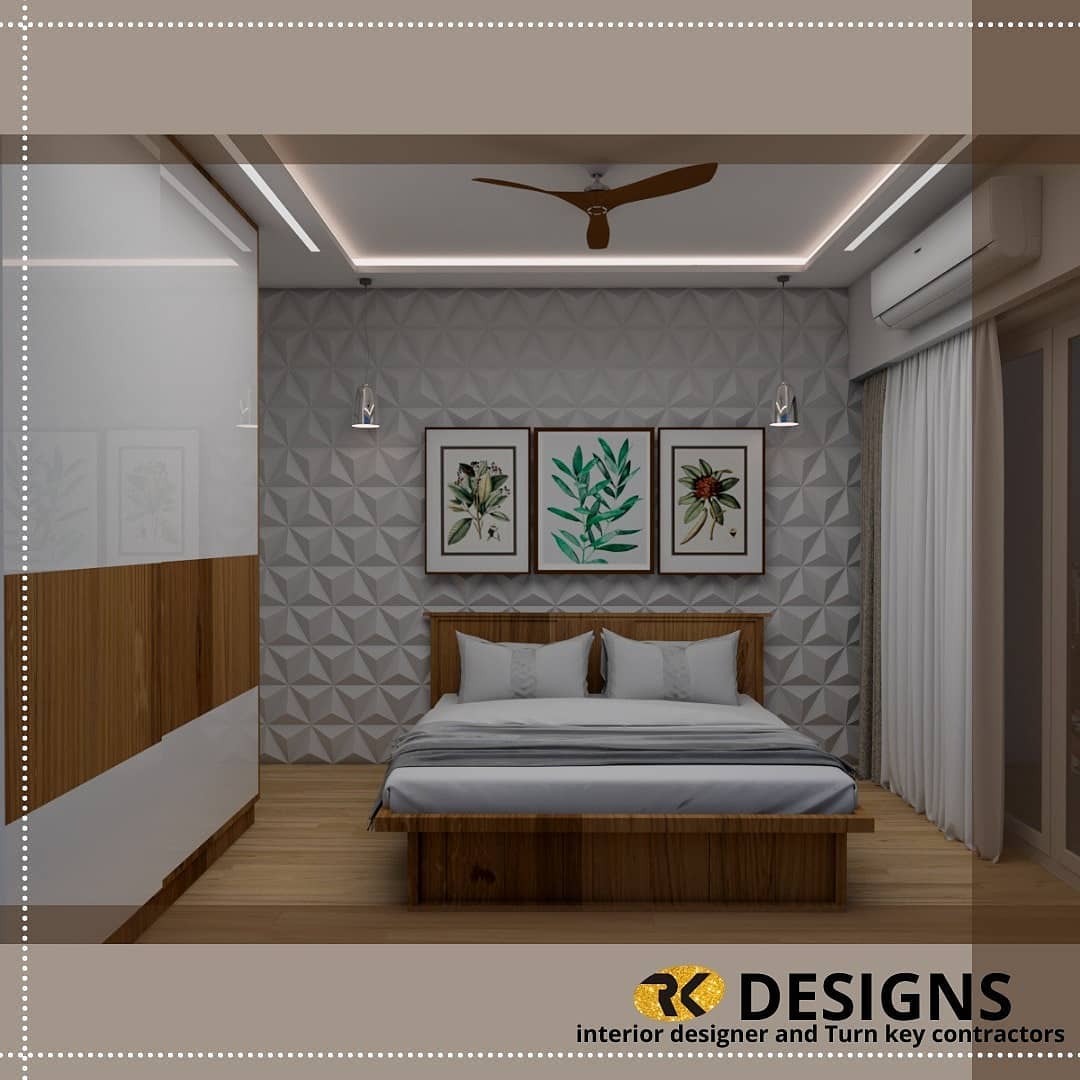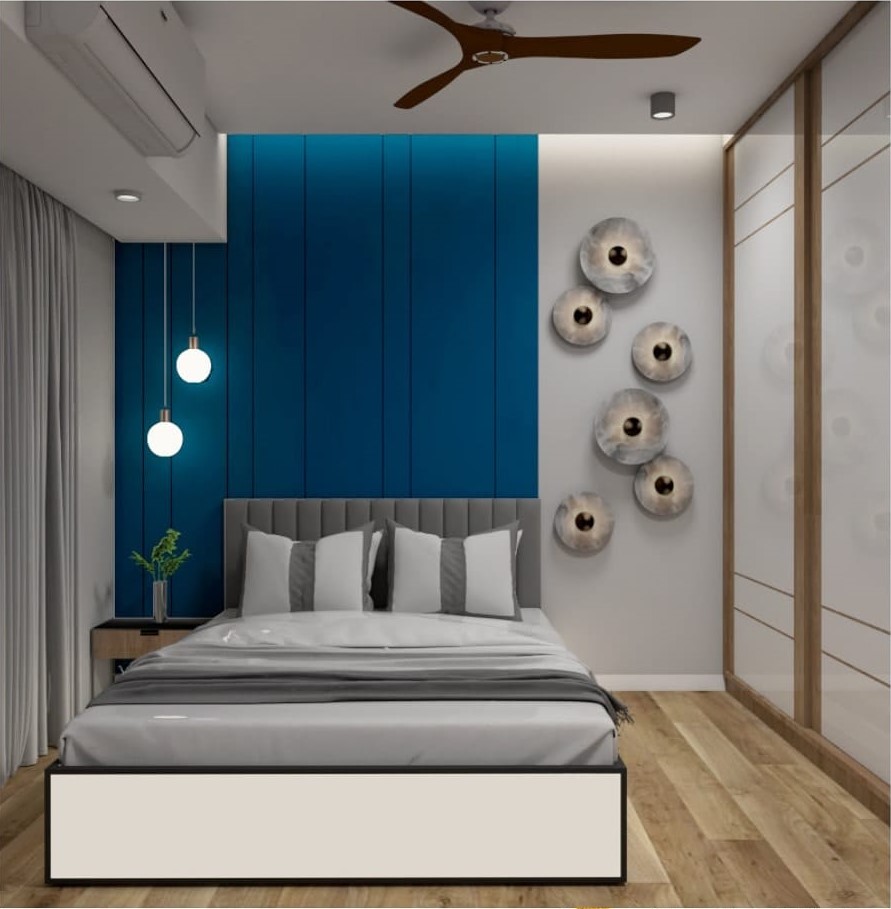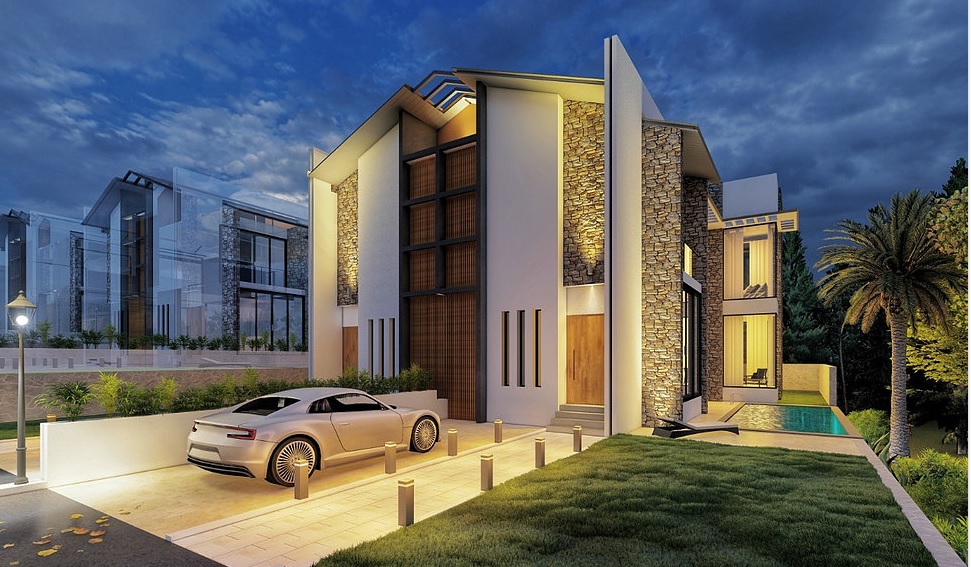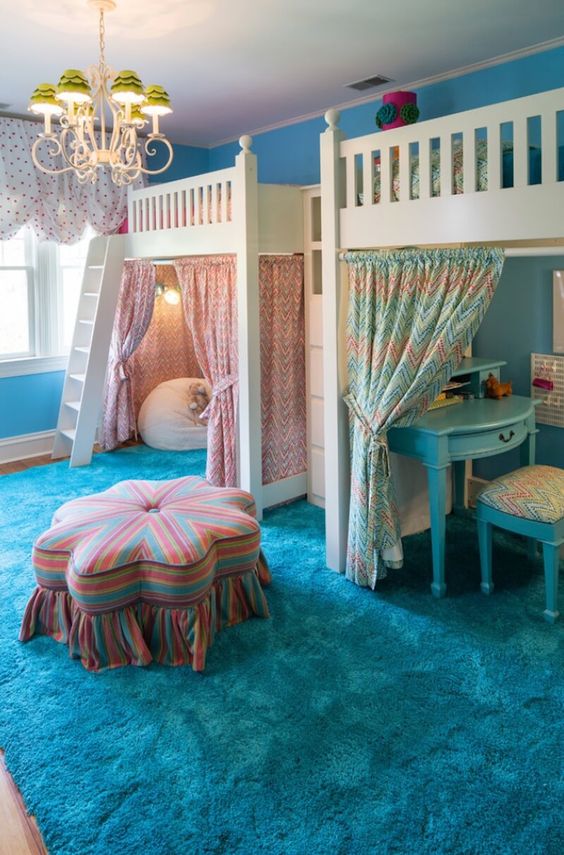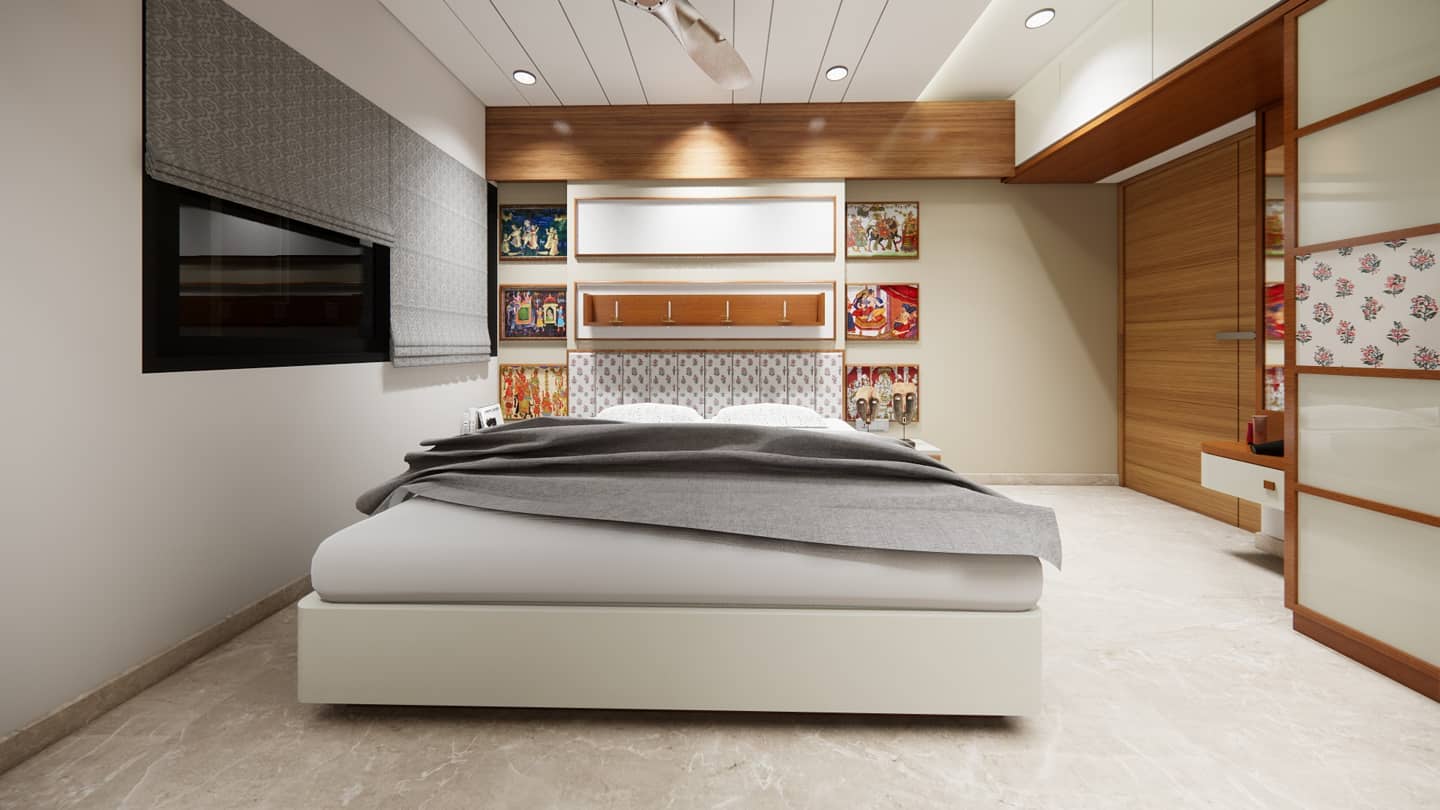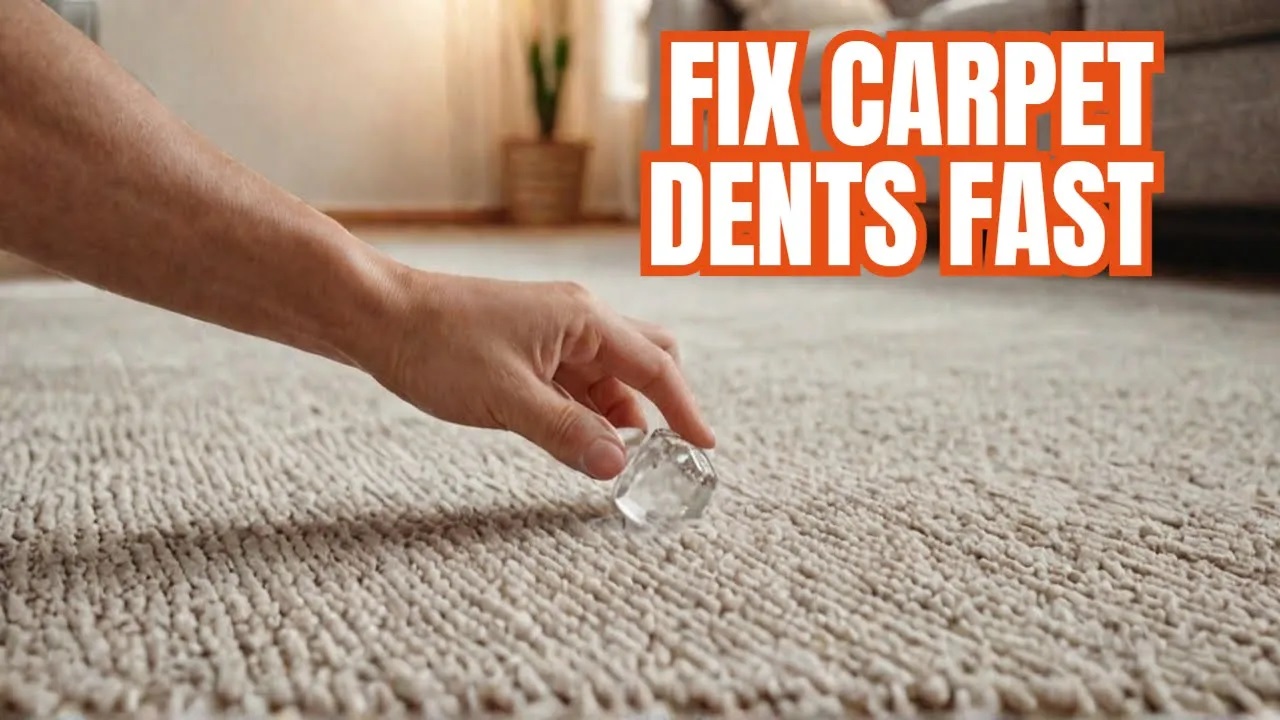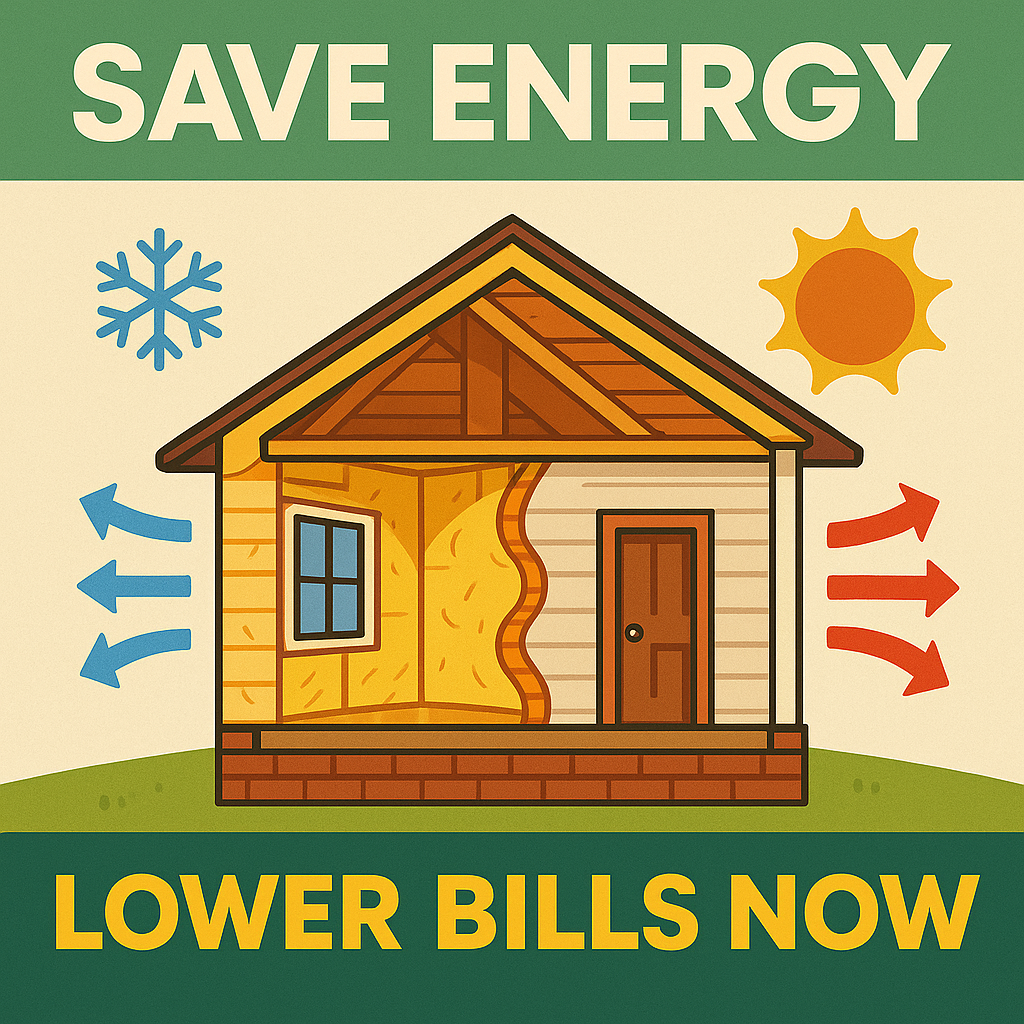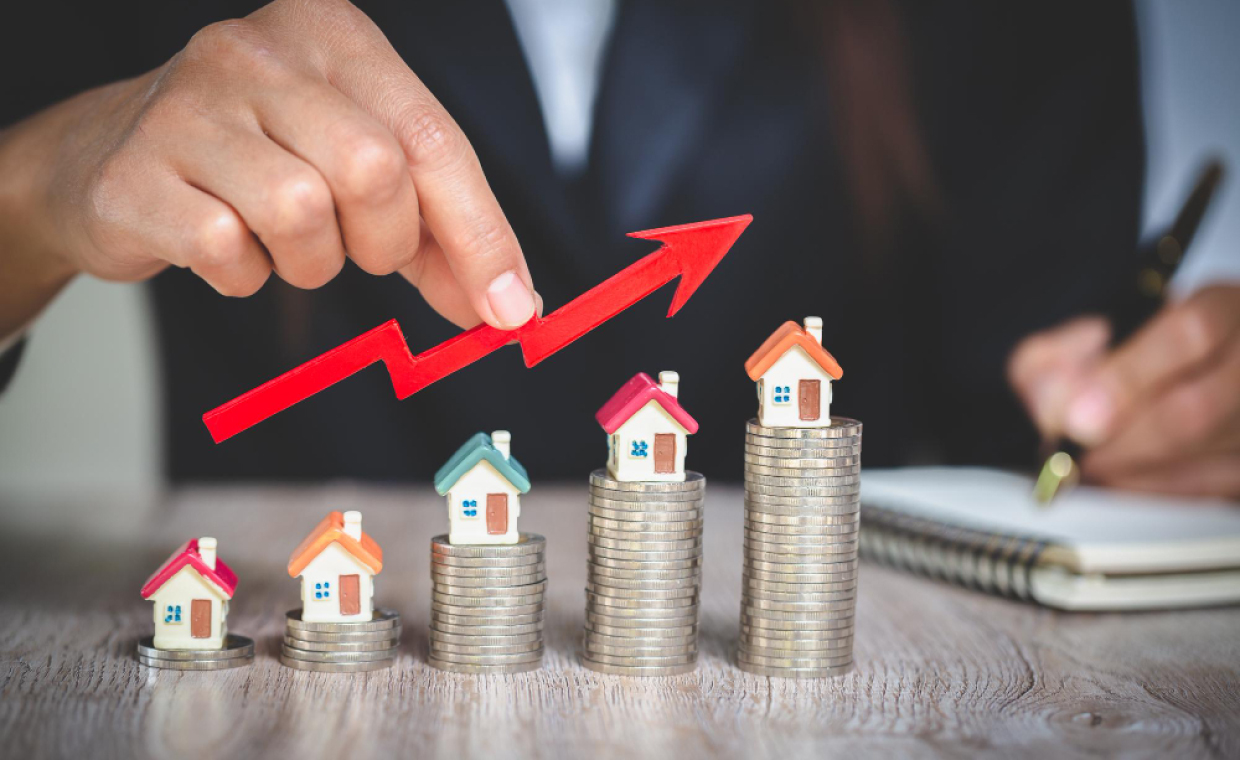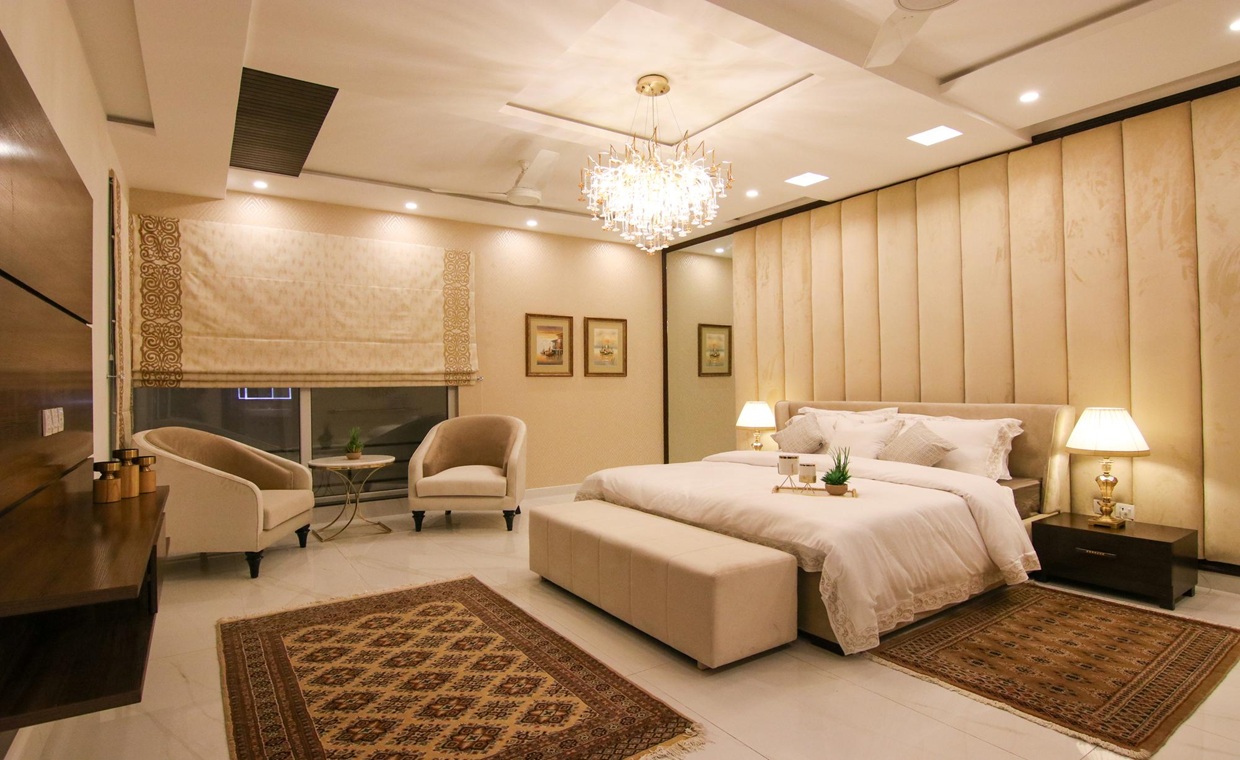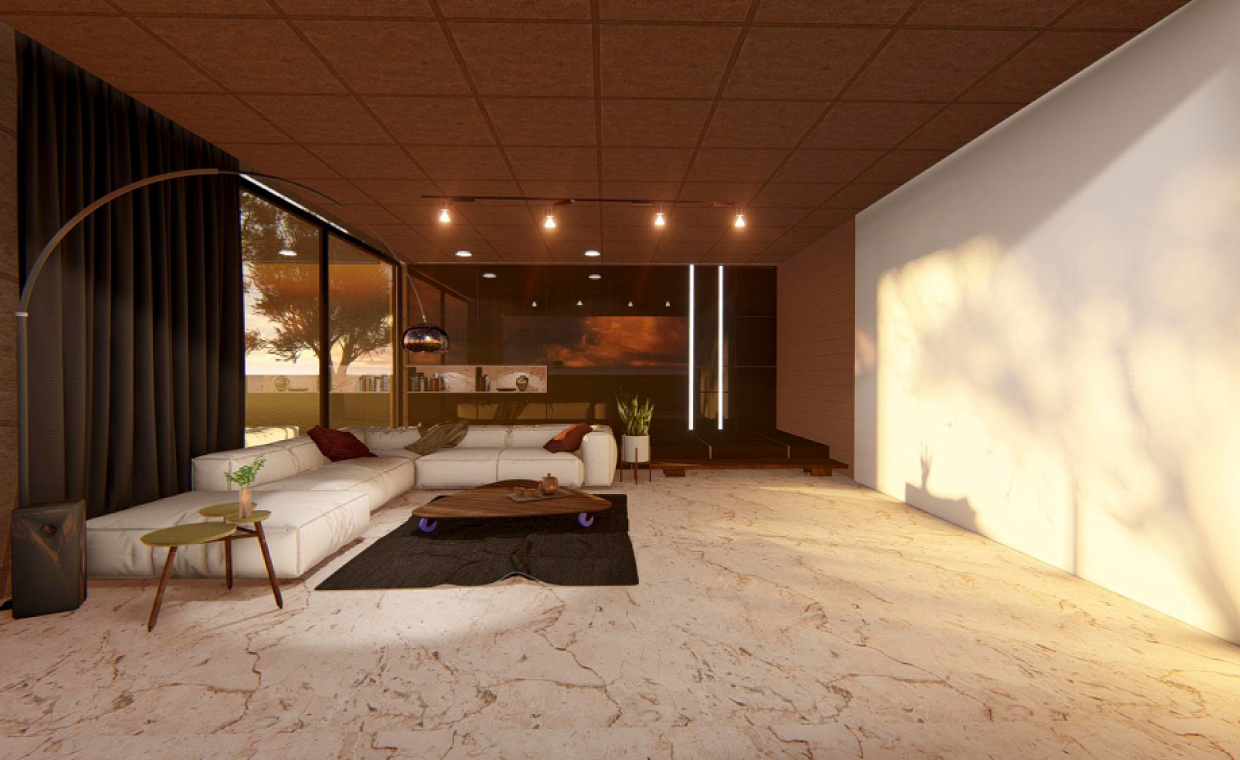
Table of Contents
Particle Board may resemble natural wood, but it is a type of engineered wood, and is quite different in composition and characteristics. Valued for its woody, matte finish, lightweight build, and affordability, particle board has become a go-to material in the furniture industry. From sleek wardrobes to modular kitchen cabinets, its presence is unmissable in modern interiors.
Are you curious to know more? In this guide, let’s explore the composition, manufacturing process, types of particle boards available in the market, advantages of particle board, and a few disadvantages too. We will also take a closer look at particle boards’ advantages, disadvantages, and uses and understand why it’s often hailed as a modern staple in furniture design.
Let’s start by understanding how particle boards are made.
How is Particle Board Manufactured?
Manufacturing a particle board involves four steps, and this process often impacts or defines the properties of a particle board.
The basic manufacturing steps are as follows:
- Wood chips and sawdust are collected and ground into fine particles.
- A resin or adhesive is mixed in to bind the particles together.
- The mixture is then pressed under high heat and pressure to form solid boards.
- Finally, the boards are cut, sanded, and laminated for a smooth finish.
The properties of particle boards are widely dependent on their type. Presently, seven varieties of particle boards are available in the market. Let’s understand those seven varieties of particle boards.
Different Types of Particle Boards
Different qualities of particle boards are available in the market to cater to various needs and uses. The most common varieties are described here.
1. Single-Layer Particle Boards
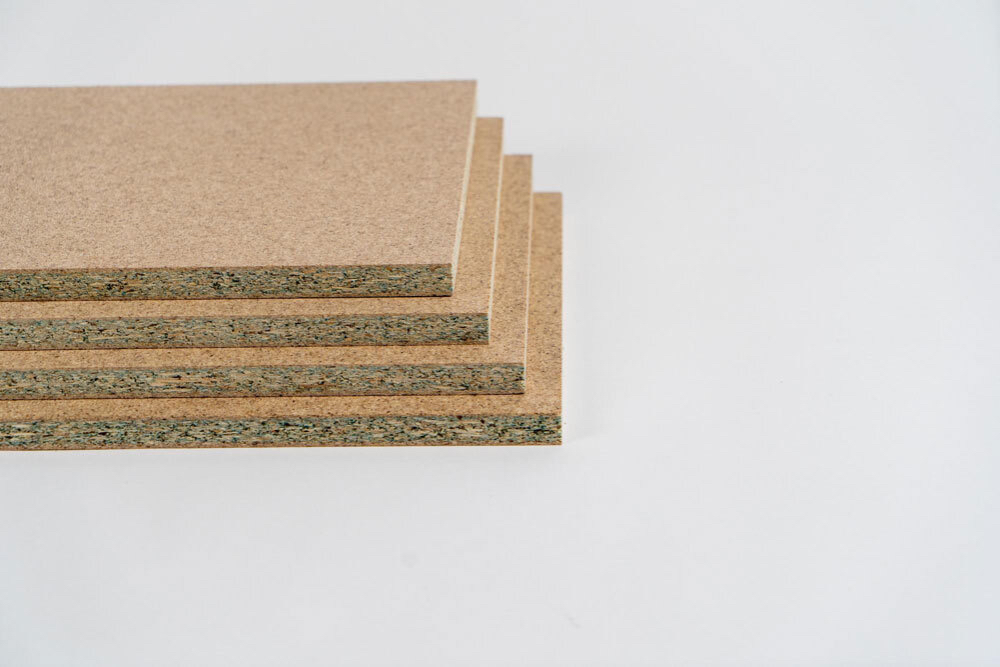
Single-layered particle boards are manufactured with wood particles of uniform size, which are crushed and compressed together. You can place veneer or laminates on these naturally flat and dense boards, but you cannot paint them. However, these boards are waterproof but not water-resistant. They are ideal for crafting interior décor elements.
2. Three-Layer Particle Boards
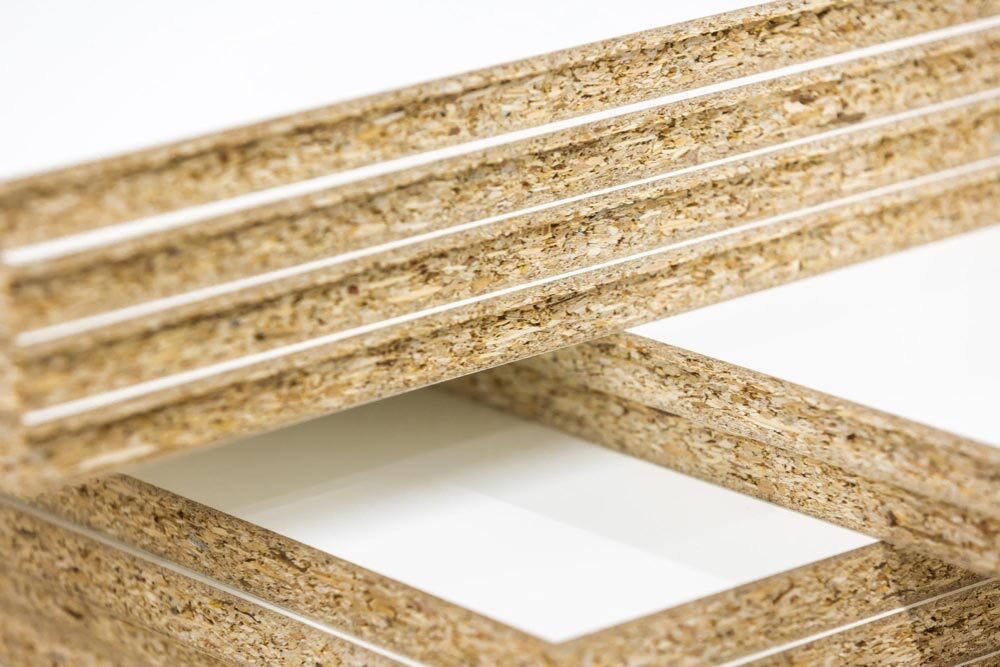
In this three-layer particle board variant, manufacturers place a large wood particle between two layers of small wood particles. The outer layer contains more resin than the inner layer. This board quality is compatible with painting.
3. Graded Density Particle Board
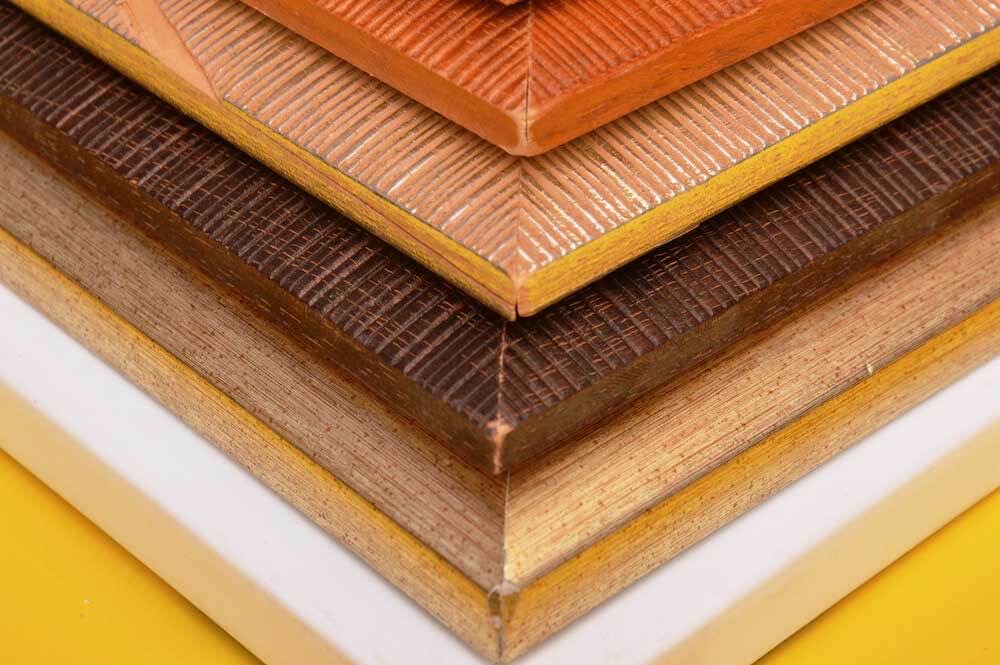
In the manufacturing of graded-density particle boards, manufacturers place a layer of stiff wood chips between two layers of wood. These boards are durable and are commonly used in the manufacturing of furniture and cabinets.
4. Melamine Particle Board
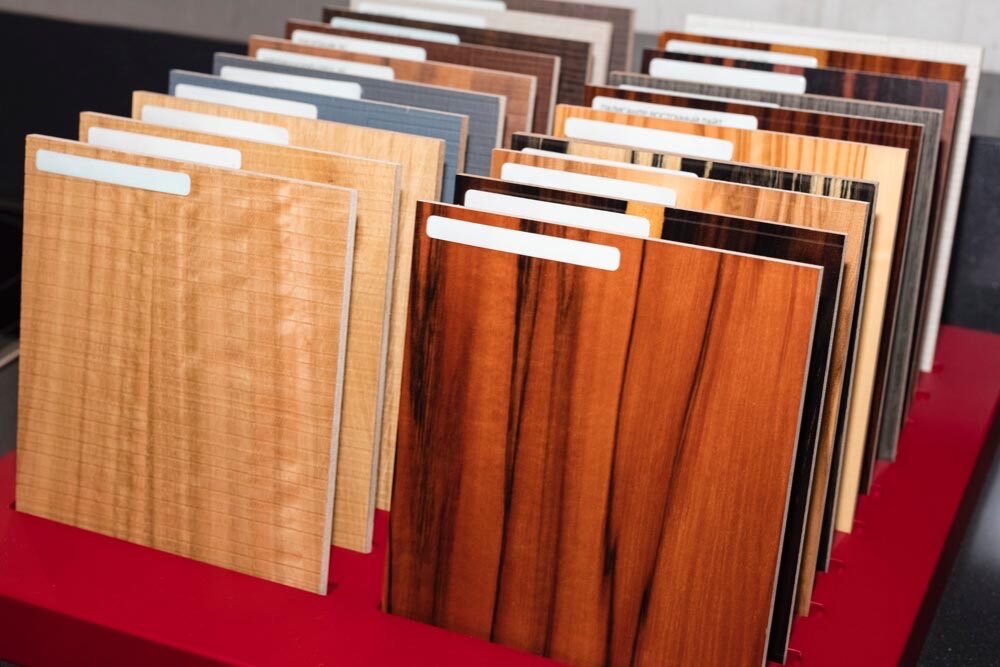
In the manufacturing process, manufacturers apply heat and pressure to fix a sheet of melamine-impregnated décor paper on the top surface of the particle board. This variety of particle board is water-resistant, scratch-resistant, and durable due to the melamine-urea-formaldehyde resin and wax blend.
5. Particle Boards with Cement Bond
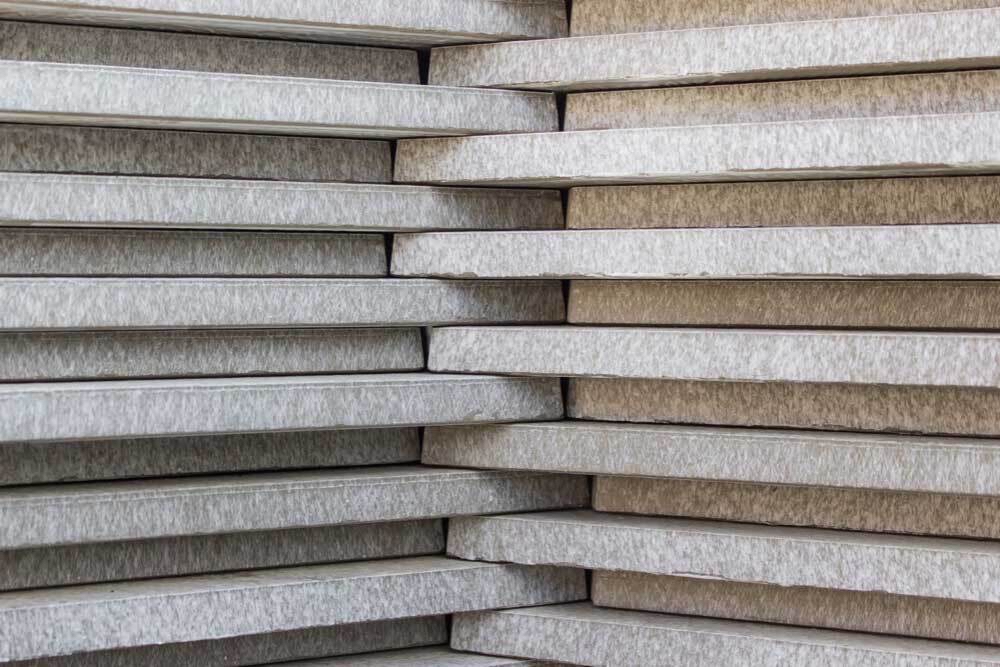
Particle boards with cement bonding are non-perishable and corrosion-resistant. These boards are manufactured using a mixture of 60% cement and 20% wood waste, which includes wood chips, sawdust, and wooden flakes, mixed with water. In this mixture, cement acts as the bonding agent. These boards are fireproof, moisture-tolerant, termite-resistant, and highly durable.
6. Laminated Particle Board
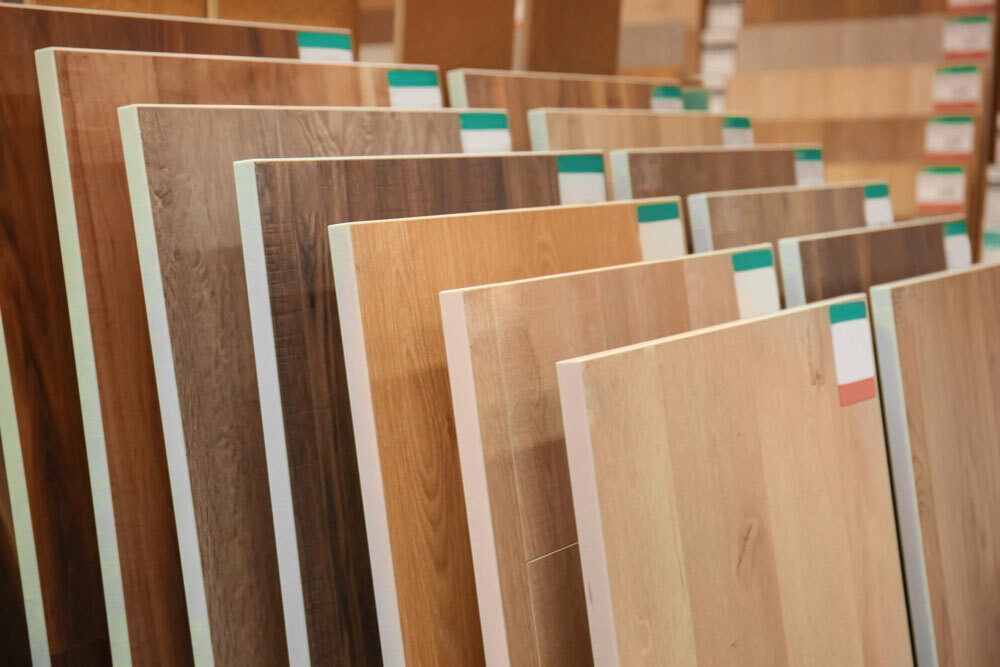
A laminated particle board features a laminated sheet on its surface. This sheet offers added durability, improved aesthetics, and a glossy finish.
7. Veneered Particle Board
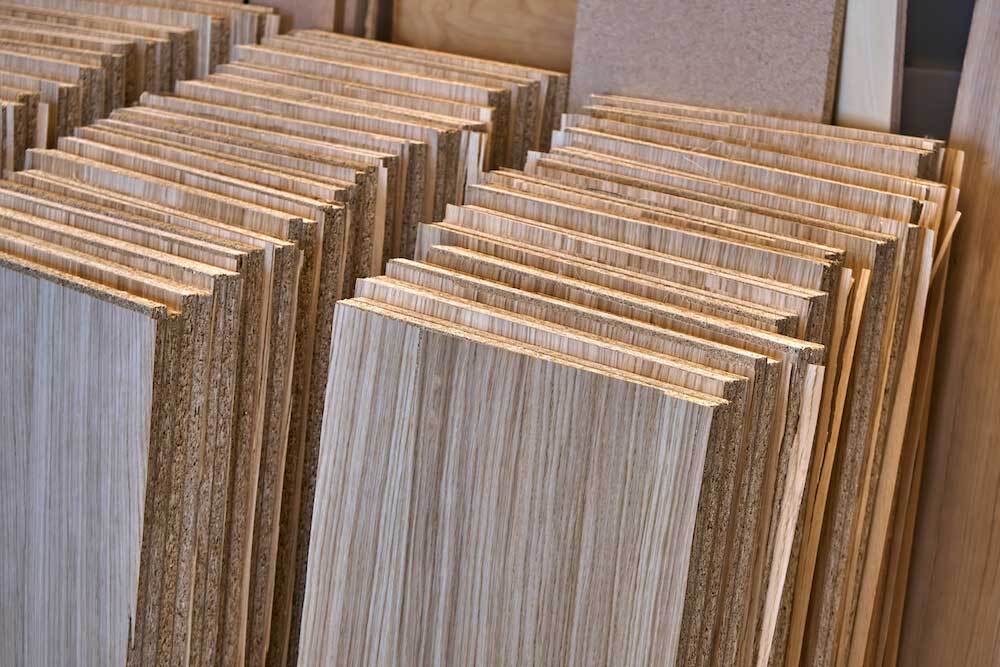
This type of particle board features a sleek wooden veneer on its surface. It closely resembles solid wood and is less prone to warping.
The uses of Particle Boards
Particle boards are now widely used across various industries. The uses of particle boards in building industry is quite popular nowadays. Their versatility, gorgeous matte look, and affordability have contributed to the growing popularity of this engineered wood. Let’s explore some of the common uses.
1. Furniture Manufacturing
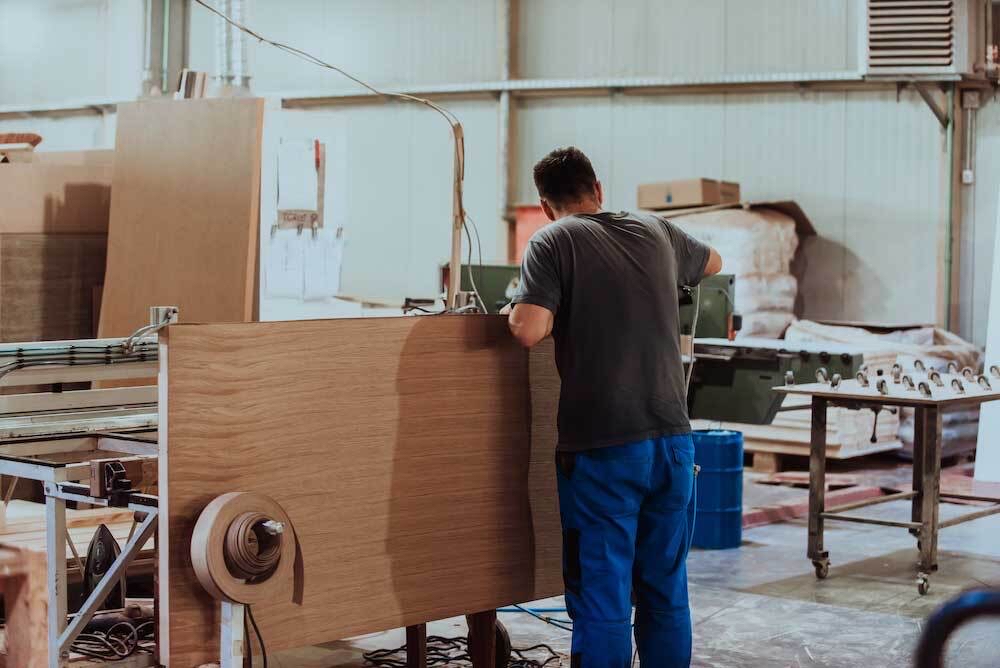
- Particle boards are used in the manufacture of cabinets, shelves, and wardrobes.
- The engineered wood is a smart choice for furniture. Its lightweight and smooth, flat surface makes it ideal for producing modular furniture.
- Particle boards can be laminated or veneered to enhance their aesthetic appeal.
- This quality of the board is now preferred for making office furniture, as it significantly reduces costs compared to natural wood alternatives.
- Particle board is frequently used in the manufacturing of ready-to-assemble furniture, which is popular in modern décor.
2. Interior Designing & Décor
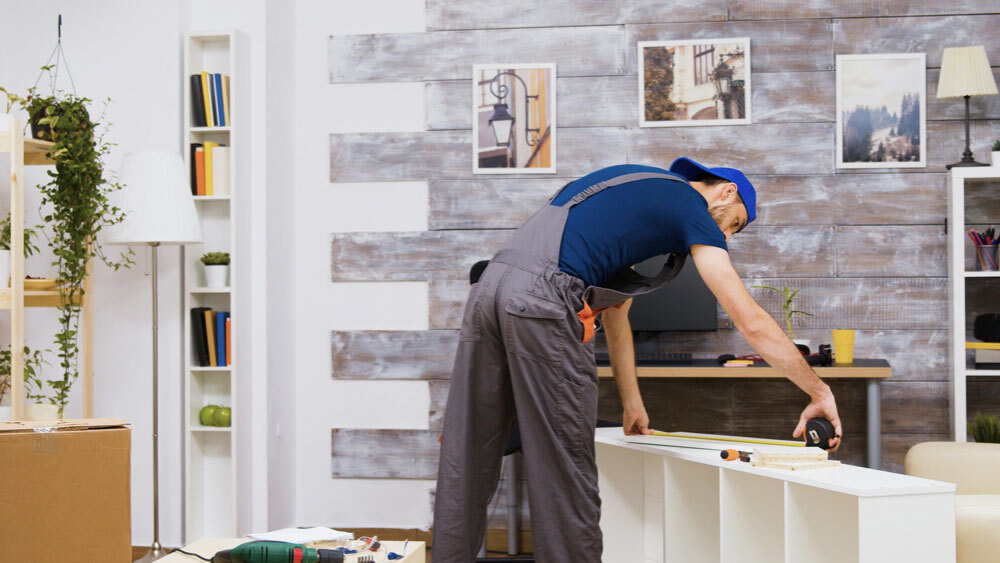
- Particle boards are used in manufacturing wall panelling and dividers.
- Some particle board varieties are paint-compatible, while others can be laminated. These features allow for creative décor planning, making particle boards a popular choice.
- Particle boards are used to craft decorative accents, such as false ceilings.
- Offering a natural woody appearance, these boards are widely chosen as a budget-friendly alternative to solid wood in the design of luxury furniture.
3. Flooring and Roofing
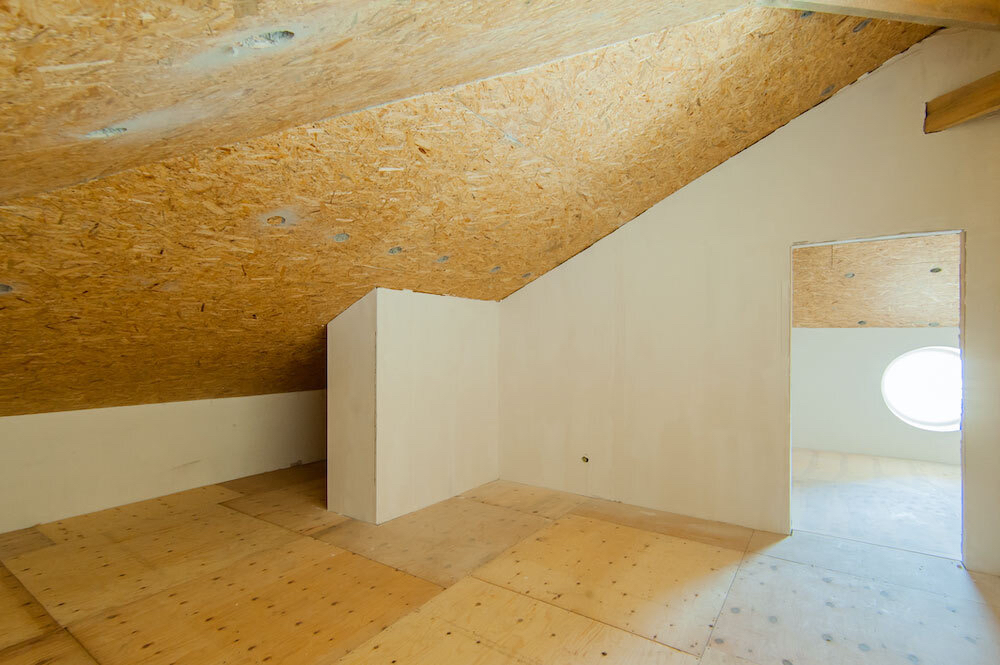
- Particle boards are used as an underlay (basic floor pad) in flooring projects.
- These engineered boards are used in roofing, specifically in non-load-bearing segments.
- These boards offer a smooth surface, which makes them ideal as a soft, uniform base for vinyl and carpeted floors.
- Particle boards are often used in constructing attic floors where there is no risk of placing heavy-weight items.
4. Exhibition Stands and Temporary Structures
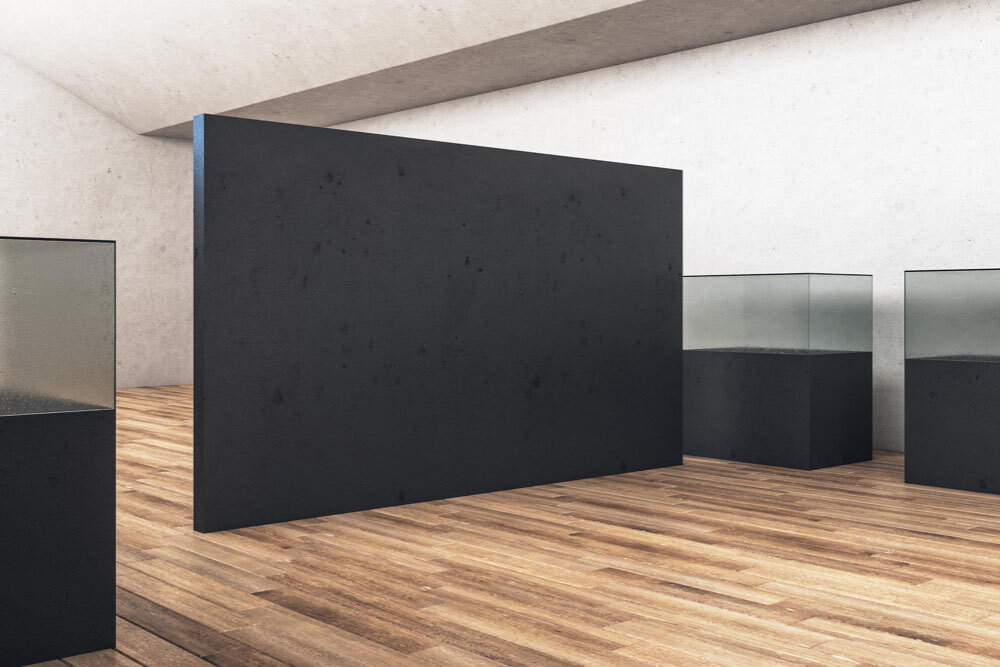
- Particle boards are widely used at trade shows for building booths and temporary pavilions, as they are easy to assemble, disassemble, and reuse.
- Their portability makes them ideal for temporary and portable setups.
- Additionally, particle boards are used in stage design and film sets due to their flexibility and ease of customisation.
The Advantages (Pros) and Disadvantages (Cons) of Particle Boards
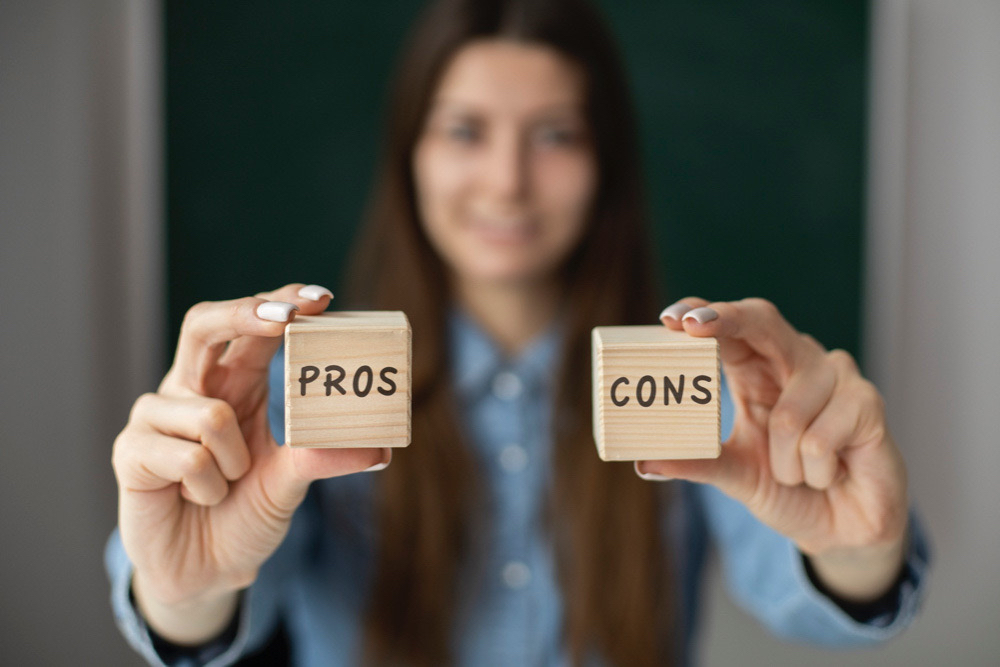
Particle boards are now a popular budget-friendly alternative to natural wood, especially for modern furniture. However, a woody appearance is not the only highlight of particle boards. When comparing particle board vs plywood, several additional advantages of this engineered wood for furniture stand out in its genre. Let’s take a look.
1. Advantages of Using Particle Boards
Cost-Effective
Particle board is significantly more affordable than natural wood and plywood. Furniture made from particle boards blends harmoniously with modern home décor.
Lightweight
Particle boards are lightweight and machine-friendly. They are easy to cut into desired shapes and sizes, making the resulting products transport-friendly and easy to assemble.
Customisable
Customising particle boards is easy. This makes them highly suitable for the modular furniture industry, driving their increasing demand.
Eco-Friendly
Though particle boards mimic the look of wood, they are made from recycled wood waste, which supports sustainability and helps reduce deforestation, making them an environmentally conscious choice.
Smooth Surface
Particle boards with smooth surfaces are compatible with lamination, veneer, and paint. These qualities allow for stylish and colourful finishes in furniture and home décor items, making them a key USP.
Consistent Density
Synthetically manufactured, these boards offer consistent density, thereby ensuring uniformity and quality.
2. Disadvantages of Using Particle Board
Particle boards have certain drawbacks that should be considered before using them in your projects.
Lesser Strength
Particle boards are not as strong as natural wood or plywood. Shelves made from this material may not withstand heavy loads over time.
Moisture Intolerant
If particle board furniture comes into contact with moisture, it may swell or deteriorate.
Unsuitable for Outdoor Use
Due to their moisture sensitivity, they are not ideal for outdoor use or areas with high humidity.
Protective Coating is a Must
Although some varieties of particle boards are lamination- and paint-friendly, they still require protective coatings to enhance their lifespan and performance.
Maintenance and Care Tips for Particle Boards
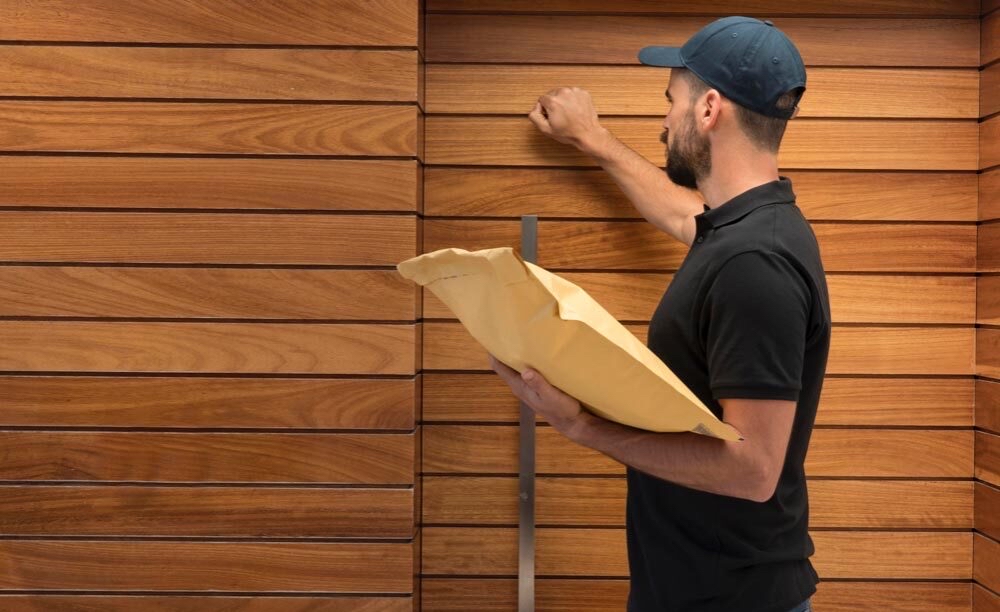
With good maintenance and regular care, you can significantly increase the lifespan of particle board furniture. Let’s know the basic care and maintenance tips here.
- Reduce Moisture Exposure: Moisture is the greatest threat to particle boards. Avoid any direct contact with water.
- Use Indoor Only: Particle board furniture is not suitable for outdoor placement or in areas with high humidity.
- Ensure Proper Sealing: Use moisture-proof sealants on exposed surfaces and edges to reduce the risk of water damage.
- Inspect Regularly: Keep a close watch on the corners and edges for signs of wear or damage. Apply sealant if you find any vulnerability.
- Pre-Purchase Inspection: When buying particle board furniture, always check that all edges and surfaces are properly sealed to reduce the risk of moisture intrusion.
- Avoid Direct Sunlight: Just like moisture, direct sunlight can damage particle boards. Place furniture in shaded areas or use covers.
- Use Coasters and Placemats: Protect the surface by using coasters and placemats before placing pots, bottles or other moisture-prone items.
Dos and Don’ts with Particle Board Furniture
Following these dos and don’ts can help maximise the lifespan of your engineered particle board furniture.
- Do: Dust regularly with a microfibre cloth and use only mild cleaning solutions.
- Do: Apply a suitable sealant for edge and surface protection.
- Do: Dry the board thoroughly after cleaning.
- Don’t use harsh chemicals or excessive water for cleaning. Wipe spills immediately.
- Don’t use abrasive scrubbing tools. Avoid placing furniture in damp environment
Summing Up
The popularity of particle boards is evident in their widespread use in interior design and modular furniture. Their affordability, wood-like appearance, and adaptability make them a trendsetter in the furniture industry. However, while their appearance is a significant advantage, particle boards lack the strength and durability of natural wood or plywood.
However, with proper care and timely maintenance, the lifespan of particle board furniture can be extended significantly. Choosing the right product and taking good care of it is the key to enjoying the benefits of particle board.
Also Read: Particle Board Properties: 10+ Facts Buyers Must Know
FAQs on Particle Boards
1. How Long Does Particle Board Last?
Particle board furniture may last around 1-3 years with light to everyday use, provided it hasn’t suffered mishandling or severe spills. Under ideal conditions and proper care, it can last between five and eight years.
2. Can You Screw into a Particle Board?
Particle boards are engineered wood products, so not all fasteners are suitable. You need specifically designed particle board screws, which are tailor-made for particle boards for optimal grip.
3. Is Particle Board Termite-Proof?
No, regular particle board is not naturally termite-proof. However, it can be treated to resist termite damage. Some particle boards may have a naturally denser structure, which makes them less vulnerable to termite damage. However, few varieties that are specifically designed to be termite-resistant are available on the market.
4. Is Particle Board Reusable?
Particle board cannot be reshaped or resized easily without breaking apart or exposing the internal wood chips. This means, once damaged, it is difficult to reuse.
5. Is Particle Board Eco-Friendly?
Made from recycled wood waste and bonded with synthetic resin, particle board is eco-friendly because its production supports recycling efforts and helps reduce the demand for solid wood.
Reference
Seng Hua Lee, Wei Chen Lum, Chen, Petar Antov, Ahmet Can, Widya Fatriasari, Aujchariya Chotikhun (2023) in Influence of Wax and Resin Content on the Properties of Three-Layer Rubberwood Particleboard in Bioresources and Environment 1(2):12-24, DOI:10.24191/bioenv.v1i2.28, License CC BY 4.0 [Online] Available from https://www.researchgate.net/publication/371874822_Influence_of_Wax_and_Resin_Content_on_the_Properties_of_Three-Layer_Rubberwood_Particleboard



